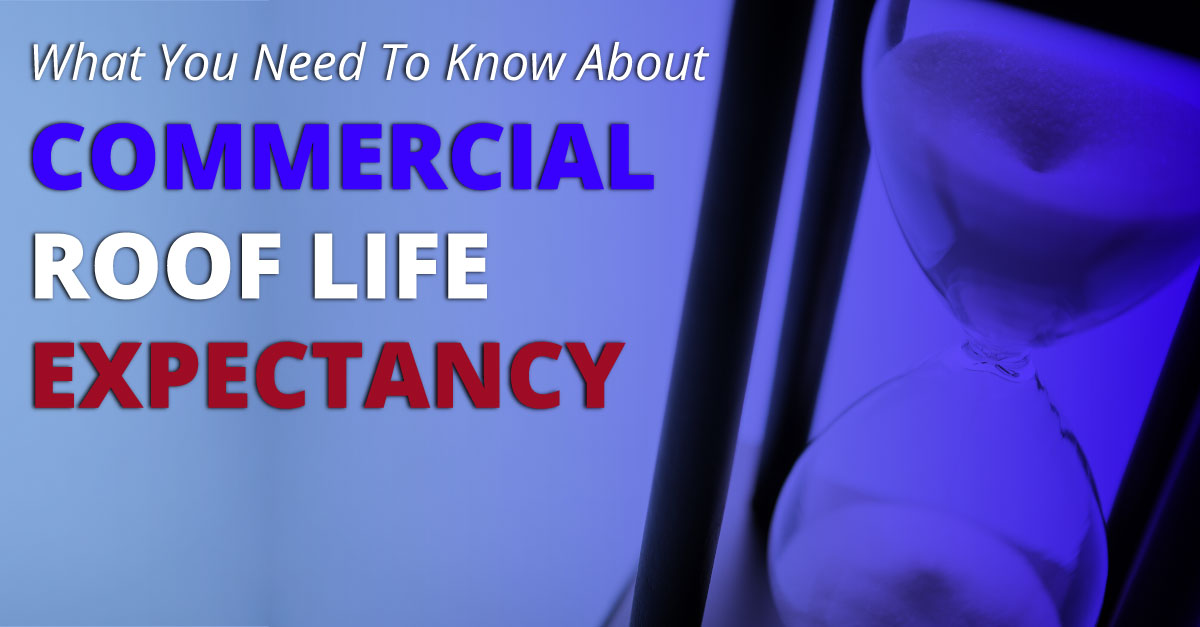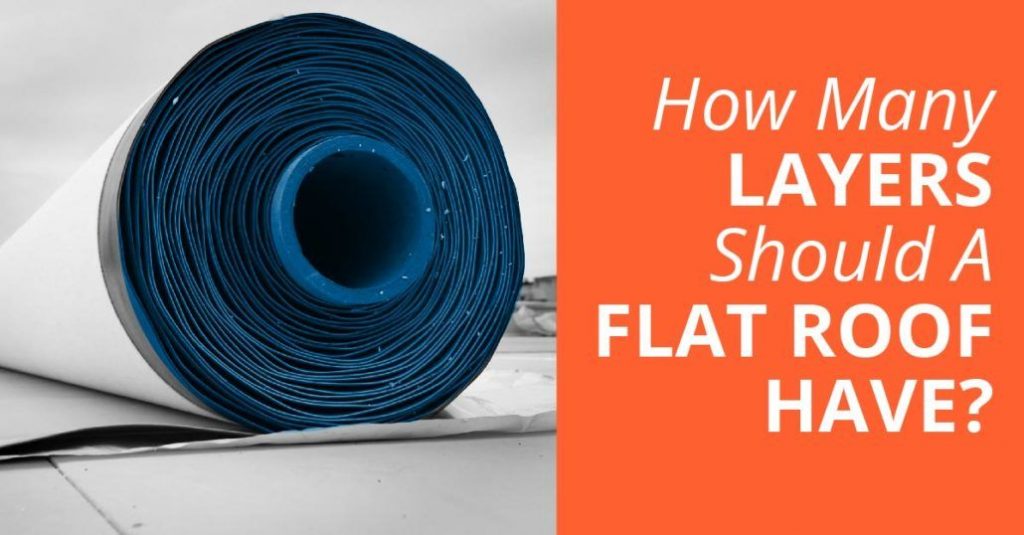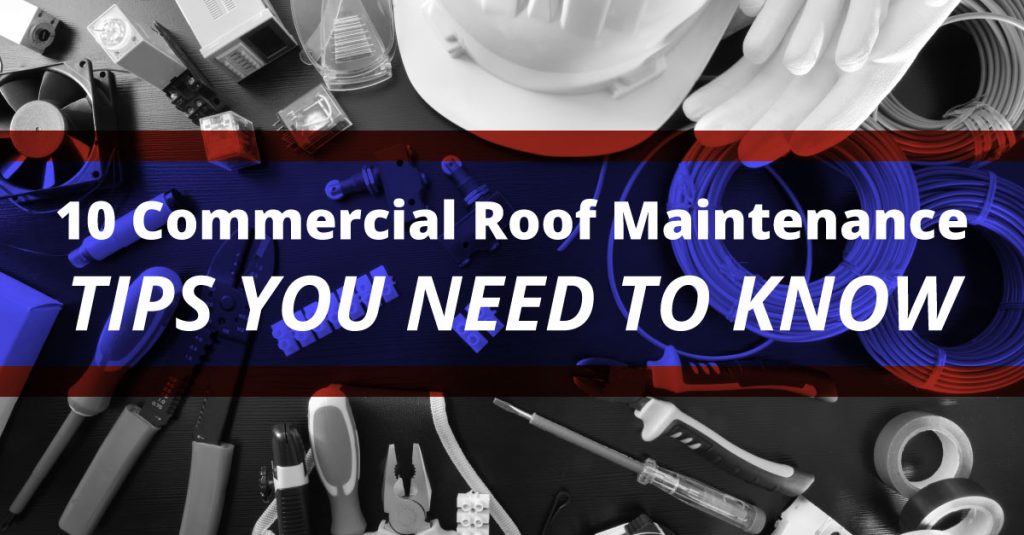
Unveiling the Spectrum of Commercial Roofing Options
In the realm of commercial roofing, a myriad of choices awaits the discerning business owner. Each option brings its unique blend of benefits tailored to diverse architectural needs and environmental conditions.
Flat Roofing: The Practical Choice
Flat roofing stands out as a pragmatic solution for commercial structures. Its level surface is ideal for housing essential equipment like HVAC systems, offering easy access for maintenance and repairs. This roofing type is a testament to functionality, merging simplicity with practicality.
Metal Roofing: The Resilient Guardian
Metal roofing emerges as a champion of durability and resilience. Celebrated for its robustness against harsh weather, it’s a long-term investment that pays dividends in reliability. Its energy-efficient nature, reflecting sunlight, translates into lower cooling costs, a boon for any business.
Single-Ply Membranes: TPO and PVC
In the league of single-ply roofing, TPO and PVC are notable for their superior waterproofing capabilities and energy efficiency. These materials adapt seamlessly to various roof shapes, offering a flexible and lightweight solution that stands the test of time.
Modified Bitumen: The Versatile Protector
For buildings with low-slope or flat roofs, modified bitumen is a go-to choice. It excels in flexibility, adapting to temperature fluctuations while offering robust protection against UV rays. This material is a fusion of traditional and modern roofing technologies.
Green Roofing: The Eco-Friendly Innovator
Green roofing is a nod to sustainability, transforming rooftops into living ecosystems. These roofs not only enhance insulation but also contribute to urban heat reduction. They represent a commitment to environmental stewardship and energy conservation.
Elevating Roof Maintenance: A Crucial Endeavor
The longevity and performance of a commercial roof hinge on diligent maintenance. Proactive care is the cornerstone of roof longevity, preventing minor issues from escalating into major expenses.
Preventing Leaks: The First Line of Defense
Regular inspections are crucial in identifying potential leak sources. Addressing these early safeguards the interior of your building, preserving its integrity and functionality.
Energy Efficiency: A Reflective Approach
Maintaining roofs with reflective coatings is a strategic move towards energy conservation. These coatings play a pivotal role in reducing cooling costs, making them an economically wise choice for any business.
Extending Lifespan: The Long Game
Routine maintenance can significantly prolong the life of your roof. This proactive approach delays the need for costly replacements, ensuring your roofing investment yields long-term benefits.
Compliance and Warranty: Staying on the Right Side
Adhering to maintenance schedules is often a requirement for warranty validity. Regular upkeep ensures compliance with warranty terms, providing peace of mind and financial protection.
Smart Maintenance Tips for Optimal Roof Health
To keep your commercial roof in prime condition, consider these expert tips:
- Scheduled Inspections: Regular checks, particularly after extreme weather, are essential in maintaining roof health.
- Clean Gutters and Drains: Proper drainage is key to preventing water accumulation and the ensuing damage.
- Timely Repairs: Addressing minor issues promptly can prevent them from turning into significant problems.
- Professional Expertise: Engaging a roofing company in Los Angeles ensures comprehensive and effective maintenance.
Cost Savings: The Fruit of Proper Maintenance
Investing in regular roof maintenance reaps substantial financial rewards:
- Reduced Repair Costs: Timely maintenance averts the need for expensive repairs.
- Increased Roof Lifespan: Regular care adds years to your roof’s life, deferring replacement costs.
- Energy Savings: Well-maintained roofs contribute to lower cooling expenses.
- Asset Value Preservation: A healthy roof safeguards the structural integrity and value of your building.
Conclusion: The Strategic Path to Roofing Excellence
For businesses, the right roofing choice, coupled with diligent maintenance, is a strategic decision with far-reaching implications. By selecting appropriate materials and committing to regular upkeep, companies can protect their investment, enhance energy efficiency, and ensure the longevity of their roofing systems. Roof Repair Specialist, a leading roofing contractor in Los Angeles, stands ready to guide you through this journey, ensuring your roofing decisions align with your business’s long-term success and sustainability.







